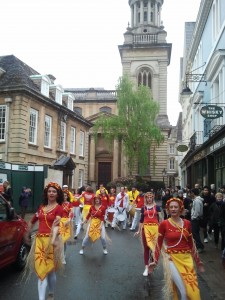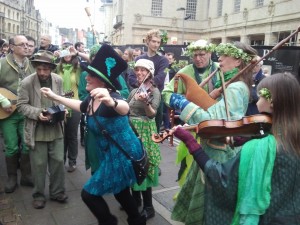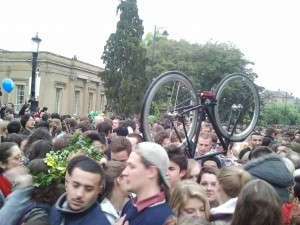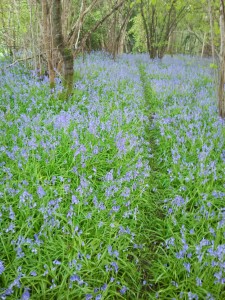Egypt ‘90% sure’ there are hidden chambers in King Tut’s tomb
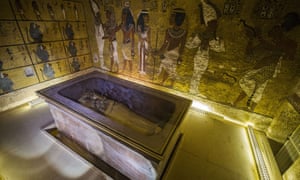
Not quite sure how they work out these percentages. Last time my wife said she was 96% certain about something, she was wrong. But this is so clearly an extraordinary story that worth following closely. For researchers in Egypt claim there is a 90% chance that hidden chambers will be found within King Tutankhamun’s tomb, based on the preliminary results of a new exploration of the 3,300-year-old mausoleum.
One researcher has theorised that the remains of Queen Nefertiti may be inside – which, given she is so famous, hasn’t been a bad speculation to make for the publicity.
Egypt began the search for the hidden chamber last week. Announcing the results of three days of testing in Luxor, the antiquities minister, Mamdouh el-Damati, said the findings would be sent to Japan for a month-long analysis before the search is resumed.
British Egyptologist Nicholas Reeves theorises that Tutankhamun, who died at the age of 19 in 1324 BC after just nine years on the throne, may have been rushed into an outer chamber of what was originally Nefertiti’s tomb. Reeves reached his theory after high-resolution images discovered what he said were straight lines in Tutankhamun’s tomb. These lines, previously hidden by colour and the stones’ texture, indicate the presence of a sealed chamber, he said.
Nefertiti was the first wife of Akhenaten, who unsuccessfully attempted to switch Egypt to an early form of monotheism. Akhenaten was succeeded by a pharaoh referred to as Smenkhare and then Tutankhamun, who is widely believed to have been Akhenaten’s son.
Tut, Nefertiti and Akhenaten’s family ruled Egypt during one of its most turbulent periods, which ended with a military takeover by Egypt’s top general , Horemheb. The whole family’s names were wiped out from official records later on. Reeves, who is professor of archaeology at the University of Arizona, believes that Smenkhare is actually Nefertiti.

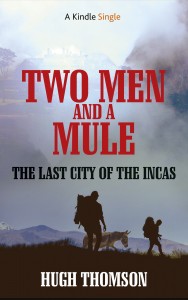
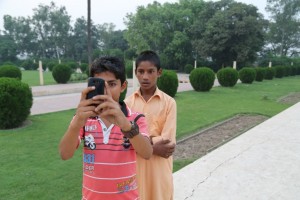
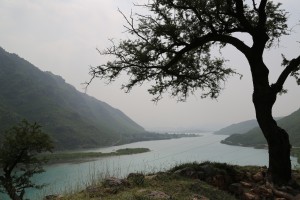 .
.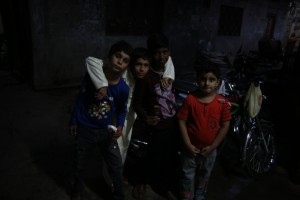

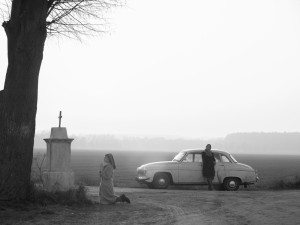
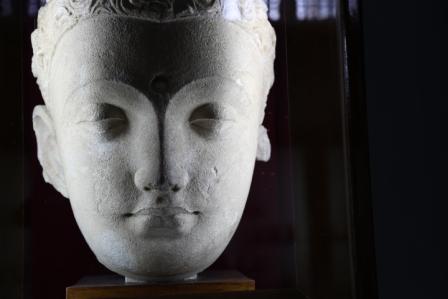
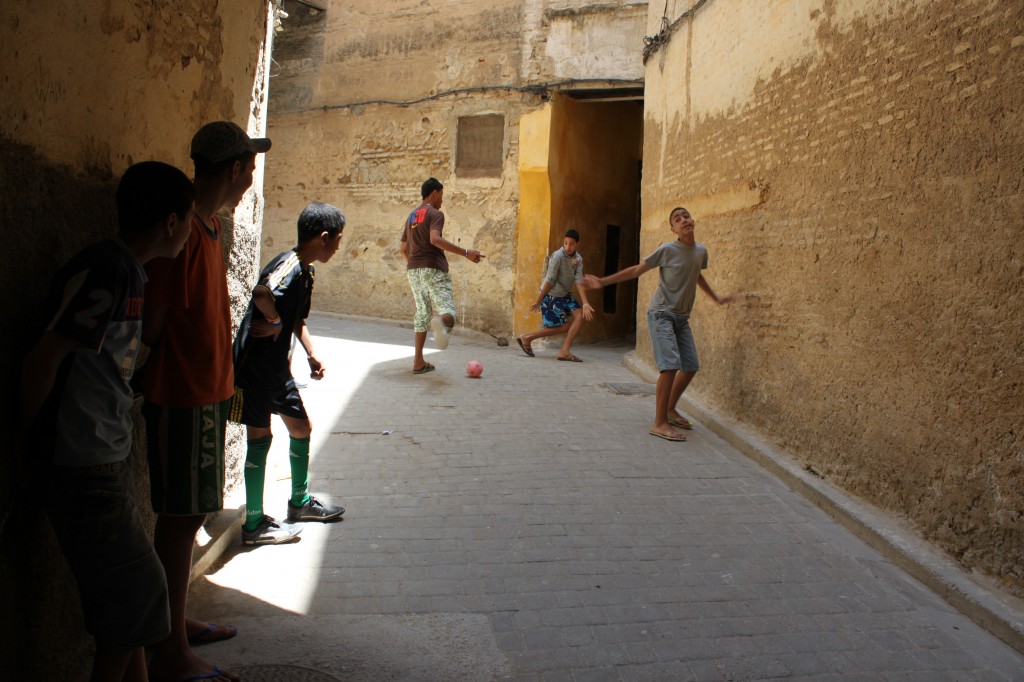
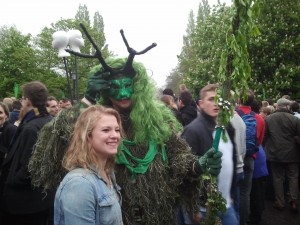 .
.